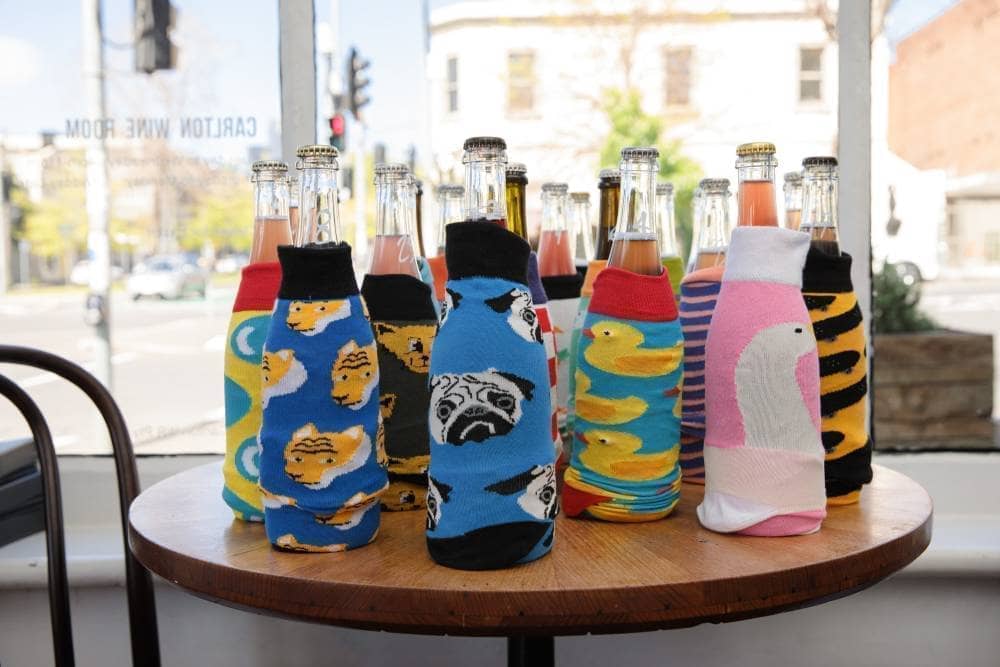By appointment only
Set opening hours
All You Need to Know About the Margaret River Wine Region
Explore the Margaret River wine region from its early beginnings to the players that define it today. Learn about the grape varieties, climate, soils and wine styles that make it tick.
History
Margaret River is relatively remote by the standards of some of this country’s emblematic wine regions, with many clustered near to major cities.
Read moreGeography, Soils & Climate
Margaret River is blessed like few other regions with vintages of consistently high quality, while by no means being homogenous in style.
Read moreGrape Varieties & Wine Styles
Cabernet sauvignon is the regional leader both for volume and quality of red wine produced, representing just over half of the red crush.
Read moreTop Wine Producers and Cellar Doors
Our list of the best cellar doors to visit, and the wine producers you need to know, from established icons to those cutting new paths.
The Iconic Wineries
These are benchmark wineries that have helped to shape the region, and they stand as reference points today.
View listThe New Wave Wineries
The makers that are paving a new way, taking inspiration from the past and shaping a new future.
View listCellar Doors
There’s no better way to engage with makers than to visit them onsite, and these are some of the best wine experiences in the region.
View listWhen You’re There
Travelling to a wine region isn’t always just about the wine. Discover our lists of the best places to eat – both casual and refined – our top accommodation recommendations – from budget to luxury – and our go-to lists of local attractions – from shopping to outdoor adventures.
Shopping & Other Attractions in Margaret River
From shopping for regional specialties to organising an outdoor adventure, these are some of the region’s top attractions.
View listAccommodation in Margaret River
Whether splashing out or sticking to a budget, these are some of the best places to stay in Margaret River.
View listEating Out – Margaret River's Best Restaurants and Cafes
Whether it’s a lunch at the pub or dinner in a celebrated restaurant, no visit to Margaret River is complete without exploring the dynamic food scene.
View list

